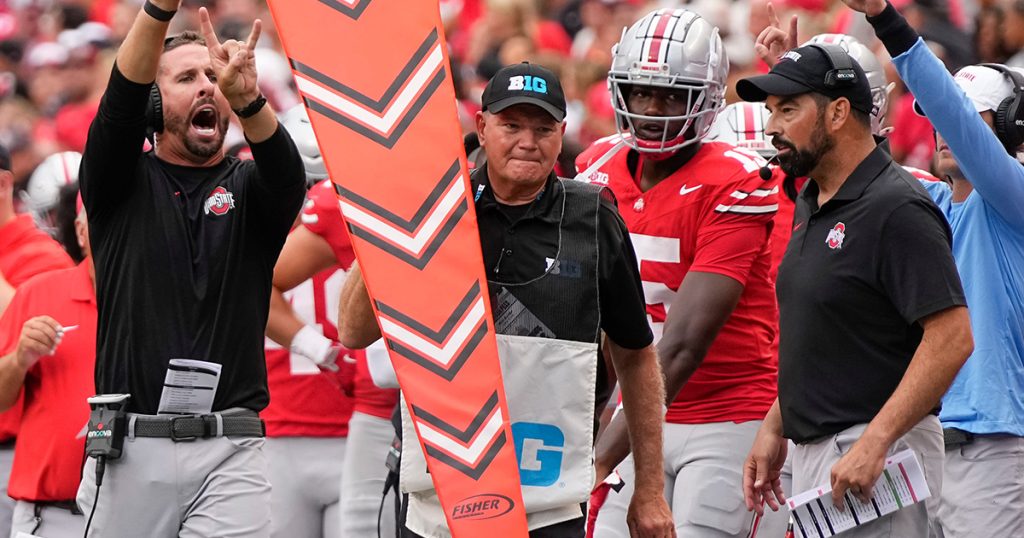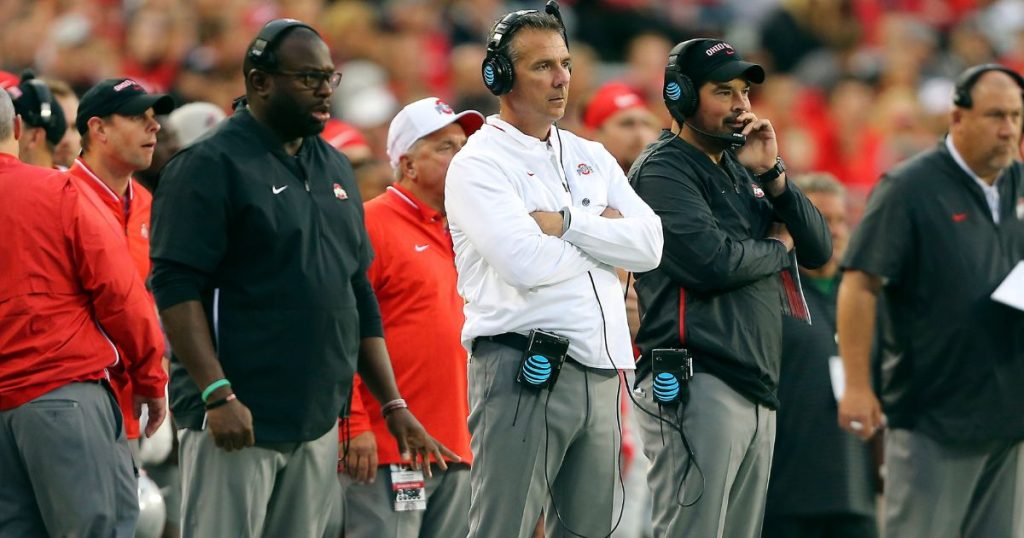Twelve teams are set to battle it out in the College Football Playoff this season, but for many programs across the nation, the focus is already shifting to 2025. While bowl season is just around the corner, the college football landscape is about to undergo significant changes as the transfer portal opens, ushering in a flurry of activity.
Understanding the Transfer Portal
The transfer portal is a game-changer in college football, first introduced in 2018. This system allows athletes to move between programs more freely, transforming the way teams build their rosters. Prior to 2021, players had to sit out a year after transferring, but the rules have since evolved. Now, a first-time transfer can step onto the field immediately for their new team, making the portal an essential tool for both player retention and recruitment.
When a player decides to transfer, they must notify their current school of their intention to enter the portal. The school then has two business days to submit the athlete’s name into the database. Once a player is in the portal, it’s open season—coaches can reach out, and players can explore their options, take visits, and engage in the recruitment process.
Key Dates for the Transfer Portal
Mark your calendars! The college football transfer portal opens on Monday, Dec. 9. This timing is strategic, as it kicks off the transfer window right after the College Football Playoff bracket is finalized and all bowl matchups are announced. Coaches and players alike will be eager to dive into this new chapter.
But how long do players have to make their moves? The transfer portal will be open for a total of 20 days during the winter season, which is a reduction of 10 days compared to last year. Players must enter the portal by Dec. 28, but they don’t have to finalize their new school choice before the window closes.
In addition to the winter window, there will be a 10-day spring window from Apr. 16 to Apr. 25, allowing players another opportunity to explore their options. In total, the two transfer windows will span 30 days, down from the previous 45-day cycle.
Rules of the Transfer Portal
While the transfer portal has opened up opportunities for players, there are still rules in place to ensure a level playing field. As of April 2021, players no longer need to sit out a year after transferring, which has made the portal even more appealing. However, academic eligibility remains a crucial factor. If a player does not meet the academic standards at their new school, they will have to sit out, just like any other ineligible student-athlete.
Graduate transfers have a bit more flexibility. They can enter the portal at any time, but they must have graduated from their current institution and have at least one year of eligibility left. Additionally, they must enroll in a graduate program that offers their desired sport.
On a school-by-school basis, players must also meet the academic requirements of the institution they wish to join. This was highlighted in 2023 when a high-profile basketball player had to back out of a commitment due to insufficient credits for transfer.
The Challenge of Retaining Players
As the transfer portal opens, the challenge for coaches becomes twofold: not only do they need to attract new talent, but they must also work diligently to retain their current players. The transfer window can be a tumultuous time, with players weighing their options and considering moves that could impact their careers.
The pressure is on coaches to create an environment that encourages players to stay. This involves building strong relationships, providing opportunities for growth, and ensuring players feel valued within the program. With so much at stake, how can teams navigate this complex landscape?
Looking Ahead to 2025
As the dust begins to settle from the transfer portal activity, teams will start to shape their rosters for the upcoming season. Many players who make significant impacts on the field next year will be switching programs in the weeks ahead, making it crucial for coaches to act swiftly and strategically.
With the expanded playoff format set to debut in 2024, the stakes have never been higher. The landscape of college football is evolving rapidly, and those who can adapt will thrive. The excitement surrounding the upcoming seasons is palpable, and fans are eager to see how these changes will play out on the field.
As we look forward to the future of college football, one thing is clear: the transfer portal is here to stay, and its influence on the game will only continue to grow. Whether it’s through retaining key players or bringing in fresh talent, teams must be prepared to navigate this new reality. The journey ahead promises to be thrilling, and college football fans will be watching closely as the drama unfolds.





























